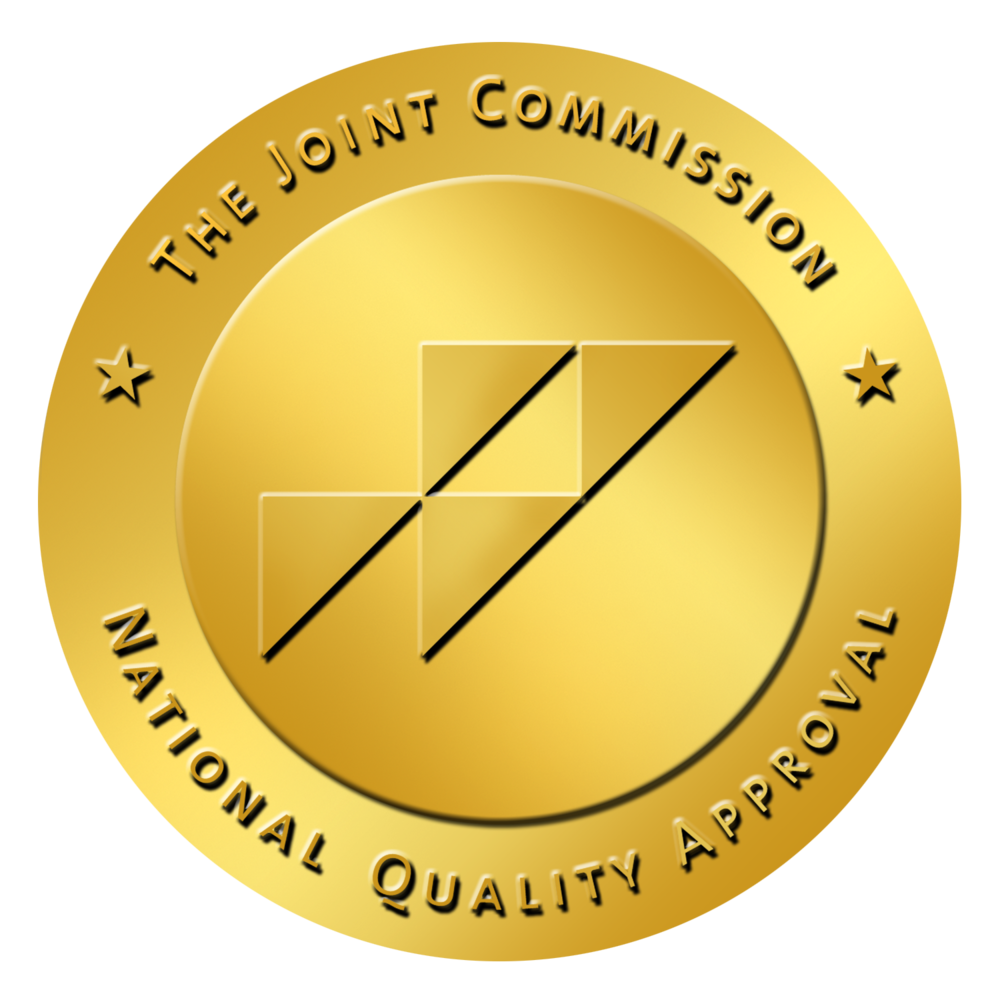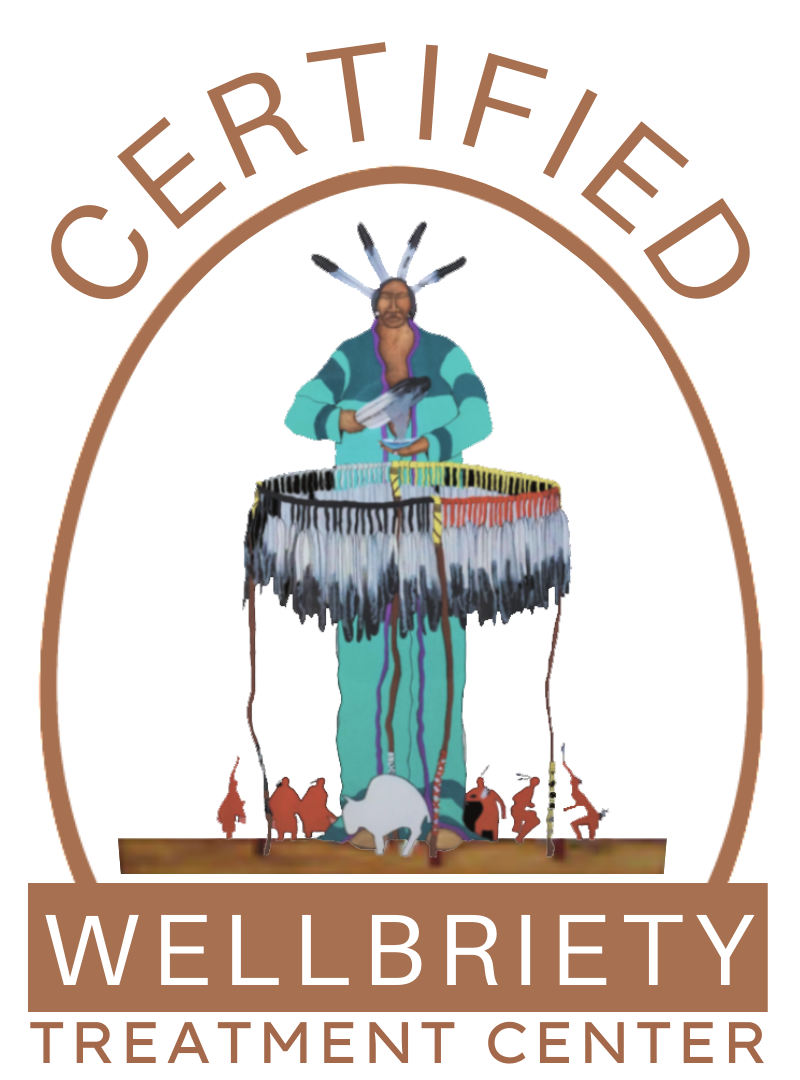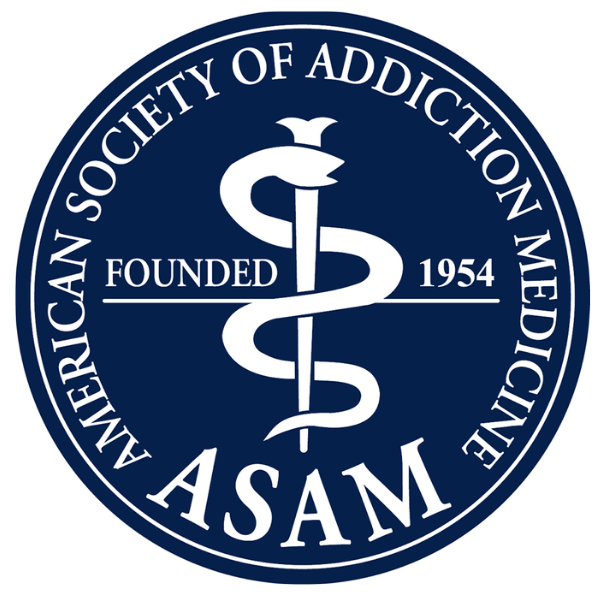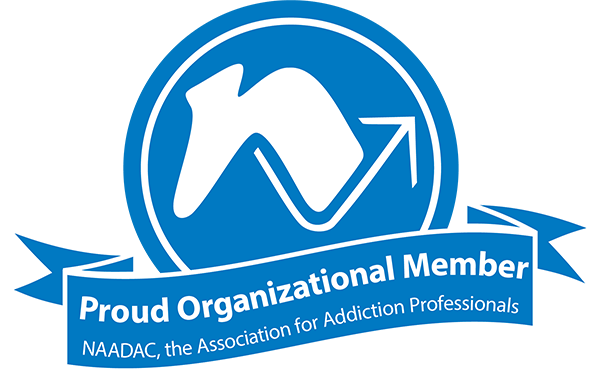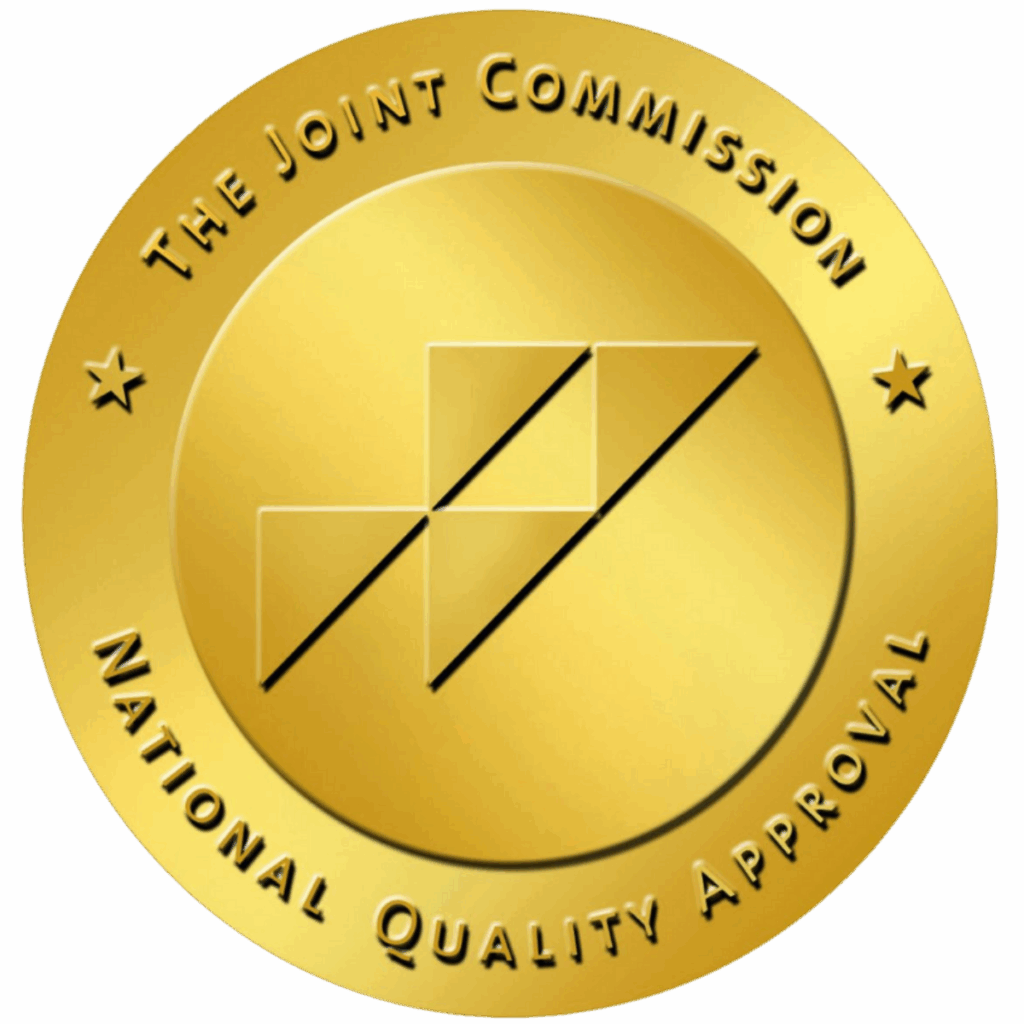There’s an expectation among military and emergency responders to display constant readiness and strength. A career of service means witnessing difficult events or facing mortality in oneself and others, to carry a heavy emotional load for other people counting on you to protect and save lives.
The constant need to be “on” always can gradually take a mental and emotional toll over time, and the exposure to traumatic experiences, sometimes daily, can conjure a sense of sadness, exhaustion, even an emptiness that might seem inexplicable.
And for retired military, it might mean losing a sense of meaning or purpose in life once active service is over.
These feelings, no matter how passing or prevalent, aren’t indicative of personal failing, weakness or inadequacy. A common mental health condition that affects 280 million people across the world, know that the symptoms of depressive disorders can be treated — and that help is available.
Keep reading to understand depression, what it means, why it happens and how we can support you in healing from depression.
What Is Depression?
Depression is a serious mood disorder that can adversely influence all facets of your being, like how you feel, what you think and the way you act — even impacting your sleep and appetite.
One of the prevailing myths about depression is that it’s just a case of feeling down or something you can just snap out of. We all feel that way from time to time. But depression is distinct and different, characterized by a sense of morose, deep sadness and a loss of interest in activities you once enjoyed and being around those who care for you.
According to the Cleveland Clinic, what makes it a pressing mental health issue that calls for help is the various symptoms of depression that you might feel:
- A lasting, sad mood or feeling “empty” and numb
- Feelings of hopelessness and worthlessness
- No longer finding pleasure in things that once brought joy
- Becoming easily irritated or restless
- Changes in appetite and unplanned weight changes
- Insomnia or hypersomnia (sleeping too little or too much, respectively)
- Fatigue and low energy
- Finding it difficult to concentrate, make decisions or remember important details
- Headaches, back pain or other physical ailments
- Recurring thoughts of death, self-harm, suicidal ideation or suicide attempts
The clinic says that for depression to be diagnosed, these symptoms must persist nearly daily for at least two weeks and interfere with your day-to-day functioning.
Depression Risk Factors
There isn’t one singular explanation for why depression happens, and the reasons are mostly unknown. Some of the potential causes of depression and triggers of depression may often happen on account of several factors, sometimes on their own or in tandem.
Family History of Depression
According to the Cleveland Clinic, genetics can play a significant role in developing depression. In fact, having a first-degree blood relative with a history of major depression can increase one’s likelihood of developing a depressive disorder three times more than other people. The clinic notes that family history isn’t a mandatory factor, and you can still develop depression without a familial history.
Military Service and Depression
Being engaged in combat and deployment to wartime areas are not the only stressors that can give rise to depression in active-duty members of the Armed Forces — general military service can also propagate mental health challenges. Studies show that veterans often have a higher prevalence of major depressive episodes than non-veterans.
Occupational Depression as a First Responder
First responders like police, firefighters, and paramedics are confronted with traumatic moments every day, but they also face high rates of situational depression and feelings of burnout due to the dangerous and risky environments their occupations place them in. In one study from the Substance Abuse and Mental Health Services Administration (SAMHSA), depression was reported in 6.8% of EMTs involved in a case study, with mild depression (at 3.5%) being the most common.
Substance Abuse and Depression
Problematic drinking and drug use are attempts at self-medicating common to people with depression and veterans, and first responders — coping mechanisms to deal with the stressors of the job. For example, in the same SAMHSA study, researchers found that career firefighters reported higher levels of alcohol abuse and PTSD compared to their volunteer peers, who reported more instances of depression and suicidal thoughts. In 50% of male firefighters, recent binge/heavy drinking was also reported. Among veterans, another SAMHSA study notes that 5.7% — 1.1 million — veterans had both a substance use disorder and mental illness, co-occurring disorders that exist at the same time.
Types of Depressive Disorders
Depression isn’t a single mental health condition — it’s an umbrella term encompassing different, distinct disorders that have their own unique depression symptoms:
Major Depressive Disorder
MDD is what you might think of when hearing the word depression. It’s a disorder built around experiencing depressive episodes (with symptoms like those we listed above) that occur nearly every day for most of the day, notes the Mayo Clinic. A lingering feeling of sadness, despondency or worthlessness might accompany changes in sleep and appetite, severe fatigue or difficulty concentrating — symptoms that can be so debilitating that can make getting out of bed or going about your day impossible in severe instances.
Persistent Depressive Disorder
PDD shares many similarities with MDD, but it’s a chronic depression that’s diagnosed when your symptoms don’t dissipate or go away for more than two months at a time, says the clinic. People with PDD often feel perpetually sad, empty or down, even in happy moments — states of being that can become so ingrained that they mistake it for a part of their personality rather than a treatable illness. “Persistent depressive disorder is not as severe as major depression, but your current depressed mood may be mild, moderate or severe,” says the clinic.
Psychotic Depression
Someone living with psychotic depression may exhibit all the inward and outward signs of major depressive disorder but with additional symptoms of psychosis. Psychosis is a state when a person loses touch with reality and experiences delusions (falsely held thoughts and beliefs) and hallucinations (seeing, hearing and, in some cases, smelling or tasting things that aren’t there). “The delusions and hallucinations almost always reflect the person’s deeply depressed mood,” says advocacy group NHS. “They may become convinced they’re to blame for something, or that they’ve committed a crime.”
Atypical Depression
One of the key features that makes atypical depression different from typical MDD is what’s called “mood reactivity” — a symptom where your mood might temporarily brighten or improve in response to real or perceived positive events. While this might offer some hope that one’s depression could be subsiding on its own, atypical depression still demands proper treatment, since depressive symptoms can also include symptoms like significant weight gain or increased appetite, sleeping excessively, a heavy, leaden feeling in the limbs and extreme sensitivity to interpersonal rejection, notes the Cleveland Clinic.
Seasonal Affective Disorder
Seasonal Affective Disorder, or SAD, is a type of depression that follows recurring seasonal patterns. In most cases, depressive symptoms begin in the fall and continue through the winter before subsiding come springtime. SAD is believed to be triggered by shorter days and a reduction in sunlight during these seasons along with shifts in the body’s biological clock. With SAD, you might feel listless, sad, oversleep, crave carbohydrates or withdraw socially.
Bipolar Disorder
Bipolar disorder affects about 5.7 million Americans (or 2.6% of the population), says the Depression and Bipolar Support Alliance, a mood disorder that’s defined by extreme, often dramatic shifts in mood and energy and activity levels. There are two distinct parts to bipolar disorder: periods of intense depression offset by manic episodes, which involves an abnormally elevated or irritable mood with increased energy, racing thoughts and impulsive or reckless behaviors. Depression and mania alternate with each other in bipolar disorder.
Bipolar Disorder
The inherent link between depression and Post-Traumatic Stress Disorder (PTSD) is undeniably strong among military service members and first responders. The trauma at the core of PTSD — culled from one or numerous distressing experiences — can directly trigger a depressive episode, and their symptoms often overlap. For veterans, feelings of helplessness, survivor’s guilt and moral injury can become powerful drivers of a deep depression that exists alongside the anxiety and flashbacks of PTSD.
More worrying is the co-occurring connection between PTSD, depression and the risk of developing other illnesses. People with PTSD and MDD together, studies show, are more likely to have heart disease, migraines, fibromyalgia and rheumatoid arthritis. “Veterans with co-occurring PTSD/MDD and PTSD-only exhibited worse physical functioning than those with MDD-only,” notes research from the Journal of Psychosomatic Research.
Treatment for Depression
Effective treatment for depression in the veteran and first responder communities might include one of various talk therapies with the addition of medication to assuage symptoms and make treatment a more seamless experience beneficial for mental health.
Therapy for Depression
Therapy for depression offers a safe and supportive space to talk about difficult emotions, explore underlying causes, and gain a better understanding of your mental health. Working with a trained therapist, individuals can develop healthier ways to cope, improve their outlook, and build skills that support emotional well-being. Over time, therapy can help reduce symptoms of depression and create a path toward a more balanced and fulfilling life.
Behavioral Therapy
Behavioral therapy for depression focuses on helping individuals change patterns of behavior that contribute to low mood and emotional distress. By identifying and gradually increasing positive activities, setting achievable goals, and breaking negative cycles, this approach aims to improve motivation, boost mood, and restore a sense of control. Over time, behavioral therapy can support long-term emotional growth and a more hopeful outlook on life.
Acceptance and Commitment Therapy (ACT)
Reconciling your thoughts and emotions is one focal point of ACT therapy. Rather than trying to eliminate difficult thinking and feelings attached to depression, ACT individual counseling sessions teach you to accept them without judgment. ACT therapy works with other core processes, like helping you see yourself completely, identify core personal values and then commit to making changes consistent with those values.
Cognitive-Behavioral Therapy (CBT)
Like ACT, CBT is a popular type of psychotherapy that aims to make the connection between your thoughts, feelings and behaviors. CBT theorizes the principle that psychological issues like depression are rooted in unhelpful ways of thinking and learned patterns of behavior — and that by identifying, challenging and reframing these cognitive distortions, what you feel and how you act will follow suit in more positive ways. “In many studies, CBT has been demonstrated to be as effective as, or more effective than, other forms of psychological therapy or psychiatric medications,” notes the American Psychological Association.
Dialectical Behavioral Therapy (DBT)
Marsha Lineman, the licensed mental health professional who cultivated DBT, found that by teaching four key skills — mindfulness, distress tolerance, interpersonal effectiveness and emotional regulation — people who suffer from mental health conditions like depression, anxiety or bipolar disorder can better regulate emotions they may feel very intensely. Following a mental health service for depression through this type of therapy, your therapist will encourage you to document your progress in a daily journal to track how you’ve been feeling, acting, reacting and applying these skills in the real world.
Medication for Depressive Disorders
In cases of severe depression, therapists and psychiatrists may recommend psychiatric medication for depression as a supplement to talk therapy and managing depression.
Antidepressant Medications
Antidepressant medications are commonly used to treat moderate to severe depression. These medications work by balancing chemicals in the brain, such as serotonin, norepinephrine, and dopamine, which affect mood and emotions. While they don’t cure depression, antidepressants can reduce symptoms and help individuals feel more emotionally stable, making it easier to engage in therapy and daily activities.
Selective Serotonin Reuptake Inhibitors (SSRIs)
The most commonly prescribed antidepressant, SSRIs work by increasing the availability of serotonin in the brain, an important neurotransmitter that affects, among other functions, mood. This happens by blocking reuptake, a process where serotonin is made less available when absorbed into other brain cells. Because SSRIs are selective, they only affect serotonin levels, not other neurochemicals.
Serotonin-Norepinephrine Reuptake Inhibitors (SNRIs)
Like SSRIs, SNRIs increase serotonin and norepinephrine — another neurotransmitter responsible for mood regulation — levels in the brain. SNRIs are effective in helping lift the persistent sadness symptomatic of depression, giving you clarity and optimism through psychotherapy with medication.
Atypical Antidepressants
Because they don’t fit into other categories of antidepressants, atypical antidepressants are prescription medications when other drugs are deemed ineffective, cause undesirable side effects or when someone suffering from depression has different needs. Atypical antidepressants still work to change and rebalance neurochemical levels in the brain, like dopamine, serotonin or norepinephrine, notes the Mayo Clinic.
Tricyclic Antidepressants
Among the earliest and oldest antidepressants, tricyclic antidepressants also block the reuptake of serotonin and norepinephrine back into neurological nerve cells, making both more available with the purpose of affecting mood. Tricyclic antidepressants were considered clinically effective for many years by primary care physicians but their higher risk of side effects compared to newer drugs make them typically reserved for cases of treatment-resistant depression.
Monoamine Oxidase Inhibitors (MAOIs)
The first and original antidepressant ever developed, MAOIs block the action of monoamine oxidase, a natural enzyme in the brain that can actually break down mood-regulating neurotransmitters such as serotonin, norepinephrine and dopamine. By inhibiting MAOIs and making those key chemicals more available in the brain, benefits of the medication make your work in therapy easier because the drug helps to better alleviate depressive symptoms.
Anti-anxiety Medications
Anti-anxiety medications such as benzodiazepines are sometimes prescribed alongside antidepressants during outpatient treatment when anxiety symptoms go hand in hand with depression. Benzos, for short, work by releasing a neurochemical called GABA, or gamma-aminobutyric acid, which makes your nervous system less active. Anti-anxiety drugs like Xanax or Klonopin are prescribed very carefully and conservatively — and only meant for short-term use — due to their risk of dependence.
Antipsychotic Medications
Antipsychotics are designed to interact with certain neurotransmitters in the brain responsible for creating the symptoms of psychosis — namely delusions and hallucinations — that are part and parcel of psychotic depression. There are a few generations of antipsychotic drugs, but most work to alter the effects of chemicals like dopamine and serotonin, both playing a big role in mood regulation.
Mood Stabilizers
Part of what makes bipolar disorder such a challenging condition are the unpredictable, vacillating states of highs and lows that can become difficult to manage. Mood stabilizers are medications meant to control the opposite episodes of mania and depression and prevent further mood swings. If you suffer from bipolar, you might be prescribed lithium or anticonvulsants, which can allay symptoms and prevent the need for hospitalization.
Depressive Disorder Treatment at Aliya Veterans
No mental health issue — including depression — should be overlooked in those who have served in our Armed Forces or taken the selfless step to become an emergency responder. Aliya Veterans was started through our specialized Valor Program, a targeted arm to help vets and public safety personnel with substance abuse and mental health disorders.
Our outpatient mental health programs for depressive disorders span a spectrum called a continuum of care, which includes everything from:
- Personalized plans
- Research-based therapy (including group therapy sessions)
- Dual diagnosis treatment
- Medication management
- A holistic treatment approach
- Support groups offered in trauma- and patient-focused care
It’s important to note that our certified mental health professionals are trained in military culture sensitivity, with many of them being veterans themselves, making sure you feel understood, heard, and advocated for.
Learn more about the Aliya difference and how, as a mental health provider, we meet you where you’re at, whether you need support for family members and loved ones or yourself for depression, substance abuse, or other mental health issues. We can help. Contact us today to find a therapist and learn more about treating depressive disorders.
- Depressive disorder (depression)
- Psychiatry.org – What Is Depression?
- Depression: Causes, Symptoms, Types & Treatment
- Depression (major depressive disorder) – Symptoms and causes – Mayo Clinic
- Clinical Management of Mental Health Conditions at the Veterans Health Administration
- https://www.samhsa.gov/sites/default/files/dtac/supplementalresearchbulletin…
- Veteran Adults Slides for the 2020 National Survey on Drug Use and Health
- Persistent depressive disorder – Symptoms and causes – Mayo Clinic
- Depression (major depressive disorder) – Symptoms and causes – Mayo Clinic
- Psychotic depression – NHS
- Atypical Depression: What It Is, Symptoms & Treatment
- Bipolar Disorder Statistics
- Seasonal Affective Disorder (SAD) – Symptoms and causes – Mayo Clinic
- Bipolar Disorder Statistics
- Survivor’s Guilt in the Veteran Community | Psychology Today
- Moral Injury – PTSD: National Center for PTSD
- Physical health burden of PTSD, depression, and their comorbidity in the U.S. veteran population: Morbidity, functioning, and disability – ScienceDirect
- Acceptance and Commitment Therapy (ACT): What It Is.
- What is Cognitive Behavioral Therapy?
- Dialectical Behavior Therapy: What is it and who can it help? – Harvard Health
- Serotonin: What Is It, Function & Levels
- Selective serotonin reuptake inhibitors (SSRIs) – Mayo Clinic
- Serotonin and norepinephrine reuptake inhibitors (SNRIs) – Mayo Clinic
- Atypical antidepressants – Mayo Clinic
- Tricyclic antidepressants – Mayo Clinic
- Monoamine oxidase inhibitors (MAOIs) – Mayo Clinic
- Anti-Anxiety Medications (benzodiazepines) | CAMH
- Benzodiazepines: What They Are, Uses, Side Effects & Risks
- Antipsychotic Medications: What They Are, Uses & Side Effects
- Mood Stabilizers: What They Are, How They Work & Side Effects

